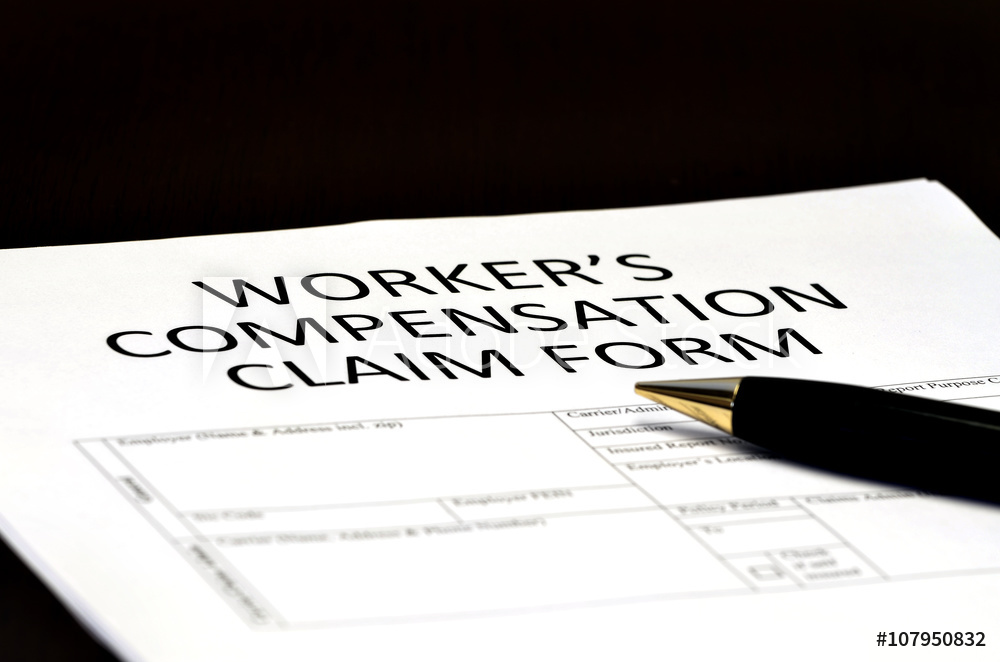5 Common Workers Compensation Mistakes that Cost Employers Money

The cost of Workers’ Compensation is based upon three primary factors:
- The payroll for the business
- The employee’s job classification
- The employer’s claims history
The premium (excluding any discounts) for workers’ compensation insurance is calculated as follows:
Payroll (per $100) x Classification Rate x Experience Modifier = Premium
With this in mind, let’s review some of the most common mistakes an employer can make that may affect their Workers’ Compensation rate.
Underestimating or Overestimating Payroll:
Sometimes there can be dramatic changes in premium as a result of underestimating or overestimating the projected annual payroll at the beginning of a policy term. Underestimating the annual payroll at the beginning of the policy term will result in an additional premium at the time of the annual premium audit. Overestimating the projected annual payroll could result in a refund of premium at the time of the annual premium audit. While this sounds positive, since the additional premium paid remained in the insurance company’s possession during the year, the employer lost the use of the funds and the potential investment income. It is important to be as accurate as possible when projecting annual payroll. In addition, be sure to break out overtime pay during the year so that at the time of the premium audit, the auditor will be able to discount it back to straight time. If the auditor cannot readily break out the overtime portion, it will be used in calculating the premium. Insurance companies that offer pay-as-you-go Workers’ Compensation policies can be a good solution for businesses to consider. These policies link payroll directly to workers compensation premiums, eliminating the guesswork of trying to estimate annual payrolls.
Not reporting changes in the business operations: Business operations are classified into the code that best matches the type of work being performed. The classification system identifies which type of work presents more risk to the employees performing these tasks. For each classification of employee, the business must pay a certain amount of workers’ compensation insurance based on every $100 of payroll. Any change to an employer’s business operations, or addition of a work process, may have an impact on the classification of their workers’ compensation insurance program. If the change is to a higher rated classification, example roofing versus carpentry, there will be an increase in the premium. So, if you change your business operation you need to notify your agent so that your workers’ compensation policy can be updated to reflect the change. Also, be sure your website is current. You do not want auditors to review any misleading, incorrect or out-of-date materials regarding your operations that could cause them to make decisions that increase premiums improperly.
Proof of Worker’s’ Compensation Insurance
If a business uses subcontractors or independent contractors, they need to obtain proof of their Workers’ Compensation insurance prior to the sub starting any work on the job. Each sub-contractor is responsible for providing Workers’ Compensation insurance for their workers; however, the primary contractor is responsible for ensuring that the subcontractor has provided the coverage for its workers. Without proof of their insurance at the time of the annual premium audit, the business may be charged for this exposure. Uninsured sub-contractors are treated as employees from a workers’ compensation standpoint. If a subcontractor’s worker is injured without being protected by insurance, the contractor becomes responsible for the payment of benefits. You may be surprised at how many small contractors only have General Liability coverage – no Workers’ Compensation. Protect your business.
Poor Worker’s Compensation Claims Management
Poor claims management by an employer will result in an increased cost of Workers’ Compensation insurance. The most direct link to claims and increased cost is through the experience modification, typically referred to as the MOD. The MOD is a numeric representation of a company’s claim experience. MODs are based on how a company compares to other companies in an industry with similarly classified employees. An average MOD is set at 1.00. Employers with fewer and less severe accidents on average have a MOD of less than 1.00. The premium paid will reflect the business’s individual experience. Establishing a safety plan for a business or implementing a Drug-Free Workplace Program will help to reduce workers’ compensation claims but claims will occur. Good claims management is essential to controlling claim costs. To reduce claim cost businesses should:
- Report claims to the insurance company as soon as possible
- Investigate the cause of injuries and illnesses
- Monitor all open claims
- Maintain communication with the insurance adjustor
- Work to get the injured employee back to work as soon as possible. Implement a return-to-work policy in which employees work modified duty until they are fully healthy to do their jobs.
- Work to close claims as soon as possible
For additional information contact a Wallace Welch & Willingham insurance agent.

